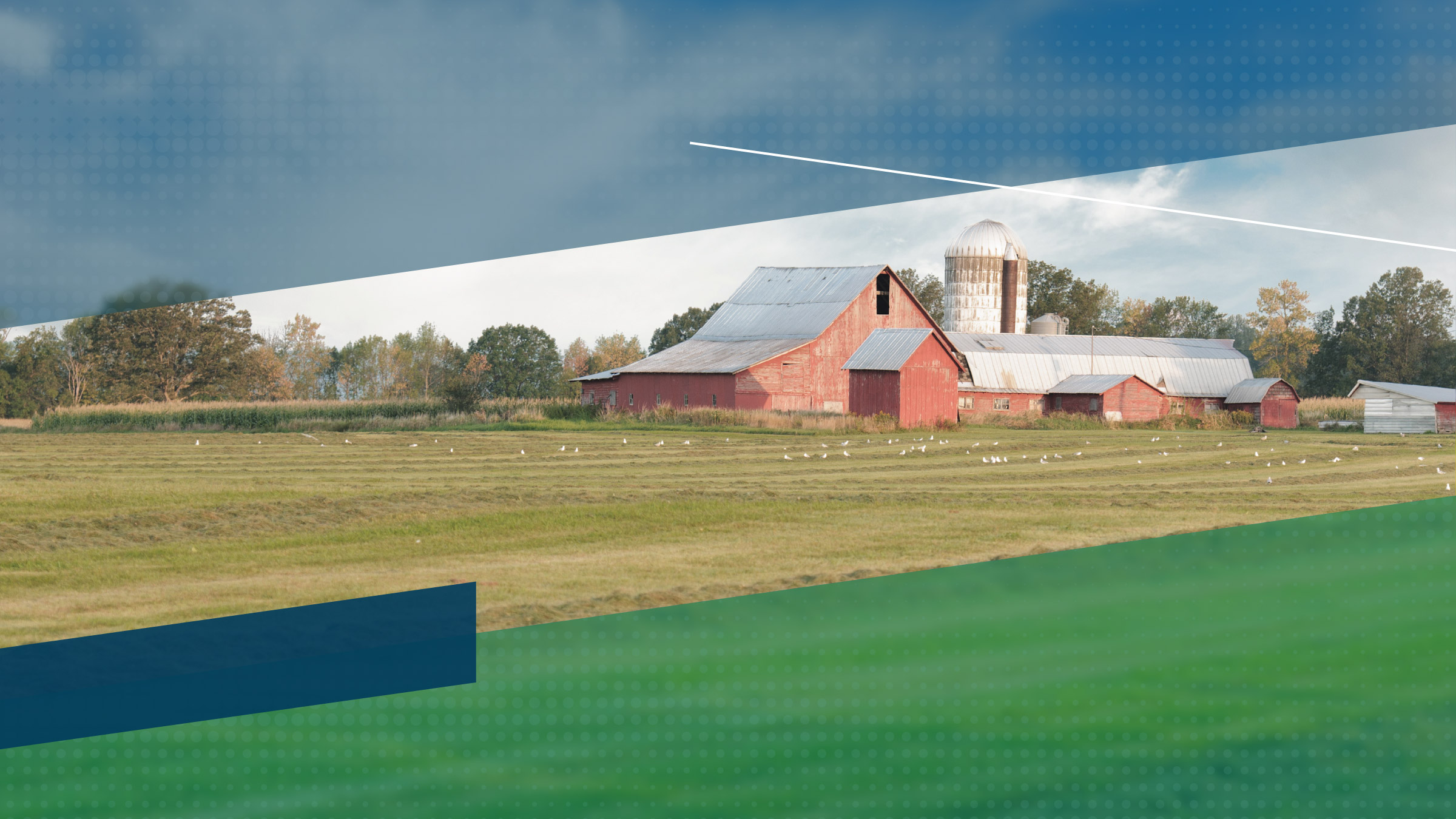After more than two years of delays in Congress, many agricultural producers were beginning to think they would never see a new farm bill.
The previous five-year legislation expired in 2012, but disagreements over cuts to the Supplemental Nutritional Assistance Program (or SNAP, but better known, anachronistically, as food stamps) kept drafts of bills bouncing back and forth between the House of Representatives and the Senate. In the meantime, Congress voted to temporarily reauthorize funding for existing farm support programs, thereby preventing an automatic reversion to World War II-era policies.
Then in late January, somewhat surprisingly, the House passed a version similar to those that had previously passed the Senate. The Senate quickly approved it, and President Obama signed it into law on Feb. 7. The new five-year bill is 949 pages long and makes some big changes to existing programs, while altering others very little. While a lot more remains to be said about agricultural policy, the following is a short list of prominent changes in the bill.
Elimination of major programs. Direct payments to farmers have been perhaps the best-known and least-popular commodity program, in place since 1995. These involved automatic, per-acre payments to farmers regardless of production. The new farm bill cuts these completely, saving about $5 billion a year. The existing dairy program, which has a major impact in the district, will also be eliminated in favor of an insurance-based approach. The sugar program was also being eyed for major overhaul, but remains essentially intact.
New safety-net programs. Along with direct payments, some other commodity supports have been removed (like countercyclical payments and average crop revenue payments), but replaced with similar programs. The new law establishes the Price Loss Coverage Program that pays crop producers when prices fall below a threshold. Or if facing a loss, producers can turn to the Agricultural Risk Coverage Program under which payments are based on revenue (and whose formula is based on county or farm-level revenue, as opposed to the old formula based on state average revenues).
The main change from the previous system is that payments won’t be based on acres planted in a given year, but on those assigned to each farm by the USDA based on plantings in recent years. This change is intended to correct distortions the old system created for planting decisions.
Expansion of crop insurance subsidies. As crop prices trended up, subsidized crop insurance became a more important policy for many farmers than traditional subsidies. The new bill makes federal crop insurance programs the cornerstone of ag policy, essentially codifying this trend. The subsidized portions of some premiums will increase, and some thresholds for payouts will be loosened. It also creates new insurance programs for livestock and dairy producers. Details of how insurance programs will work going forward are yet to emerge, as the USDA has six months to set them up.
Cuts to conservation programs. The bill reduces the number of conservation programs from 24 to 13 and caps total enrollment at 24 million acres. This acknowledges a broader trend of falling participation in conservation programs. However, there is a silver lining for environmentalists: Farmers must be in compliance with conservation practices to be eligible for payments and insurance subsidies. This is intended to address the criticism that insurance encourages the conversion of fragile ecosystems to cropland.
Cuts for the rich and the poor. While cuts to SNAP were not as high as House leadership had been pushing for, spending on the program is projected to decline by $8 billion over 10 years, mainly through changes in eligibility. As a political compromise, and to counter criticisms over subsidies going to wealthy farmers, the farm bill also capped total payments from all commodity support programs at $125,000 to any individual or entity, and there is a limit of $900,000 adjusted gross income to be eligible for payments from some commodity and conservation programs. The USDA will also issue new guidelines on who counts as being “actively engaged in farming,” so Wall Street tycoons and Hollywood celebrities who own farmland might not be able to collect payments anymore. However, a proposal to limit insurance subsidies for high-income earners didn’t make it into the final version of the bill.
There is a lot more in the bill, of course—programs to promote agricultural exports, local food production, weather insurance, you name it. Expect more coverage as details on these and other policies emerge.
Joe Mahon is a Minneapolis Fed regional outreach director. Joe’s primary responsibilities involve tracking several sectors of the Ninth District economy, including agriculture, manufacturing, energy, and mining.





